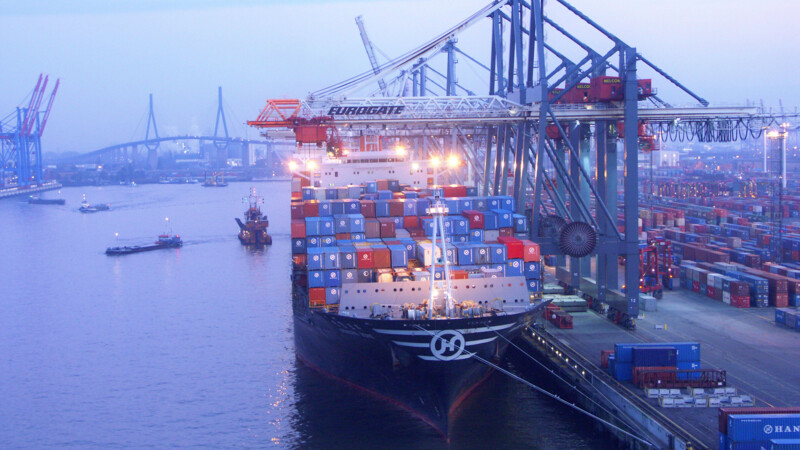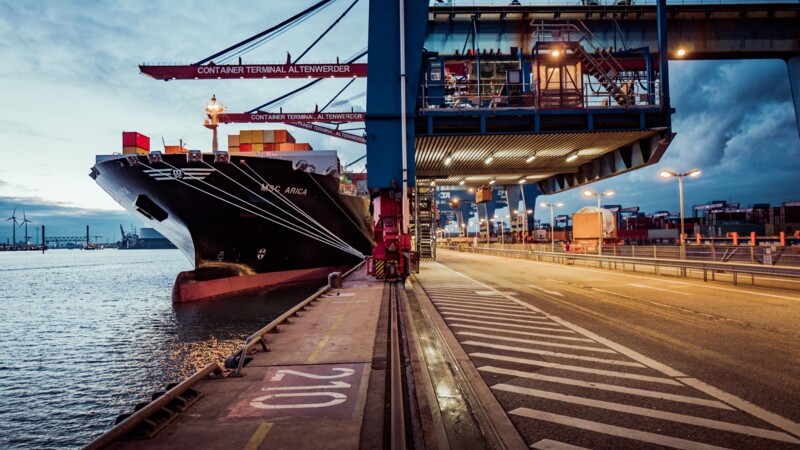in addition to the gas engine operated with the environmentally friendly and cheap alternative of liquefied natural gas (LNG), the experts from DNV GL also analyses the the cleanest and most sustainable option available today: hydrogen.“Using excess energy from near-by wind farms to generate liquid hydrogen, it would be used to power a fuel cell for propulsion. Peak power is provided by an additional battery system”, says Fridtjof Rohde, who designs ships at DNV GL.
The ferry concept presented by the global classification company DNV GL covers both the passenger, car and truck traffic between Cuxhaven and Brunsbuttel with zero-emission fuel alternatives as well as with the optimal infrastructure for the Elbe river traffic in the region.
Clean mobility with hydrogen
Hourly service with three ferries
DNV GL’s concept is custom-tailored for the annual transport of 300,000 trucks, 50,000 lorries, and 650,000 passengers. To offer hourly departures, the vessels would be needed for the new Cux-Bru ferry service. Running at 15 knots (28 km/h), the crossing will take 75 minutes. In addition, the Steubenhöft terminal and quay will be relocated to the industrial area located 4.5 km away. Built as a double-ended ferry, harbour time would be limited to 15 minutes for loading and unloading.
Response to new emissions limits
As of 1 January 2015, the stricter emissions regulations of the International Maritime Organization (IMO) will apply for maritime emission control areas. For example, the sulfur content of marine emissions limited currently to 1 per cent will be reduced to 0.1 per cent.Affected by these regulations will also be the shipping in the North Sea and Baltic Sea. The ferry concept of DNV GL offers three different solutions to respond to the impending reduction of the emissions cap.
him
Sources and further information
Similar articles

HHLA to become climate neutral by 2040
